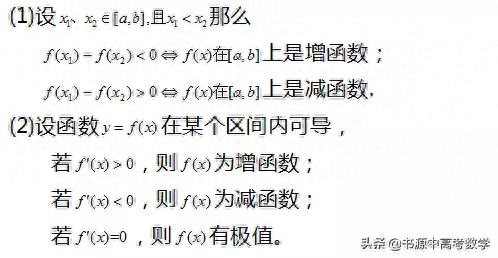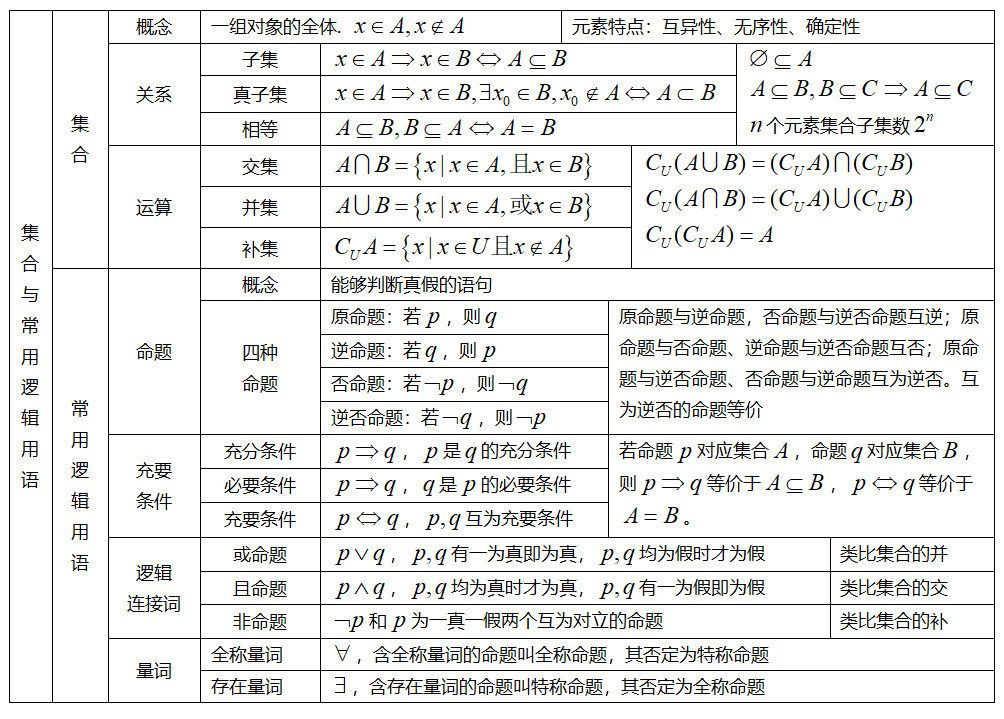对于很多考教资的小伙伴们来说,教案真的是一大难题

1. Teaching objectives
(1) 小学
①Knowledge objectives:
Students will be able to pronounce the words … correctly;
Students can understand the meaning of the key sentencepattern…;
Students get to know the idea …
②Ability objectives:
Students can make use of the sentence pattern… in real-lifesituation;
Students apply different reading strategies (skimming,scanning, intensive reading, making inference);
Students can adopt different learning resources (onlinelearning material, dictionary…)
③Emotional objectives:
Students’ interests will be aroused by learning the topicof… in daily English;
Students will be more cooperative through group work;
Students will be aware of (the importance of)…;
Students will learn to respect…better.
(2)初中
①Knowledge objectives:
Students will be able to pronounce the words … correctly;
Students can understand the meaning of the key sentence pattern…;
Students get to know the idea of…;
Students understand the grammatical rules of …;
Students can write a passage about…(topic)with…(tense,words, structure, layout…) correctly.
②Ability objectives:
Students can make use of the sentence pattern… inreal-life situation;
Students apply different reading strategies (skimming,scanning, intensive reading, making inference);
Students apply different listening strategies (listen forthe gist; listen for detailed information; listen for different attitude… );
Students can adopt different learning resources (onlinelearning material, dictionary…);
Students can (make use of a mind map to) organize theirideas logically.
③Emotional objectives:
Students’ interests will be aroused by learning the topicof… in daily English;
Students will be more cooperative through group work.;
Students will be aware of (the importance of)…;
Students will learn to respect…better.
(3)高中
①Knowledge objectives:
Students get to know the idea of…;
Students understand the grammatical rules of …;
Students can write a passage about…(topic)with…(tense,words, structure, layout…) correctly.
②Ability objectives:
Students can make use of the sentence pattern… inreal-life situation;
Students apply different reading strategies (skimming,scanning, intensive reading, making inference);
Students apply different listening strategies (listen forgist; listen for detailed information; listen for different attitude… );
Students can adopt different learning resources (onlinelearning material, dictionary…) ;
Students can (make use of a mind map to) organize theirideas logically.
③Emotional objectives:
Students’ interests will be aroused by learning the topicof… in daily English;
Students will be more cooperative through group work;
Students will be aware of (the importance of)…;
Students will learn to respect…better.
2. Teaching key and difficult points
(1)Key points:
Talk about …(topic);
Locate information from listening/reading material;
Understand the meaning of (grammatical rule of…; passage;writing style…).
(2)Difficult points
Pronounce … correctly;
Make use of …properly.
3. Teaching and learning methods:
Total Physical Response/ Audio-lingual method/ Audio-visualmethod/ Communicative approach/ Task-based language teaching method;
Autonomous learning method/ Cooperative learning method/ Researchedlearning method.
4. Teaching Procedures
(1) PPP model(
Presentation-Practice-Production多应用于会话课/词汇课/语法课/语音课等课型)
Step 1: Lead in
The teacher presents a picture of…(topic)/ The teacherplays a piece of music of…(topic)/ The teacher plays a video clip of…(topic);
The teacher plays a guessing game of …(topic) withstudents;
The teacher has a free talk with student about … (topic).
Step 2: Presentation
1. Students read/listen to… under the guidance of theteacher and then read/listen to the text to answer questions;
2. Key words (sentence patterns)/ Key information/ Keygrammatical rules of the text are presented through interaction between theteacher and students.
Step 3: Practice
Students work individually/in pairs/in groups to …(make adialogue with certain words and phrases; imitate the dialogue; read indifferent roles…)
Step 4: Production
With a set scene, students work in groups to … (make aposter; do a role-play; have a group PK…)
Step 5: Summary
The teacher guides students to conclude what they havelearned in class, and then the teacher makes some supplements when necessary.
Step 6: Homework
1. Students make a conversation after class with theirclassmates;
2. Students search the Internet for more information about… (topic) and share with the class next time.
(2) PWP model(以下以阅读课为例,该模式主要适用于语言技能类的教学,多应用于听力课、阅读课、写作课等教学设计中。)
Step 1: Lead in
The teacher presents a picture of…(topic)/ The teacherplays a piece of music of…(topic)/ The teacher plays a video clip of…(topic);
The teacher plays a guessing game of …(topic) withstudents;
The teacher has a free talk with student about … (topic).
Step 2: Pre-reading
The teacher asks students to guess what the text may talkabout to predict the text.
Step 3: While-reading
1. Skimming: Students read the passage and find out themain idea…
2. Scanning: Students read the passage again and find outmore detailed information.
3. Intensive reading: Students read the passage and tryto analyze the difficult language points or appreciate the beautiful language.
Step 4: Post-reading
1. Students retell the passage according to the key wordsand phrase;
2. Students discuss the topic of… in groups and then makea report in class.
Step 5: Summary
The teacher guides students to conclude what they havelearned in class, and then the teacher makes some supplements when necessary.
Step 6: Homework
1. Students finish…after class;
2. Students search the Internet for more informationabout … (topic) and share with the class next time.
















